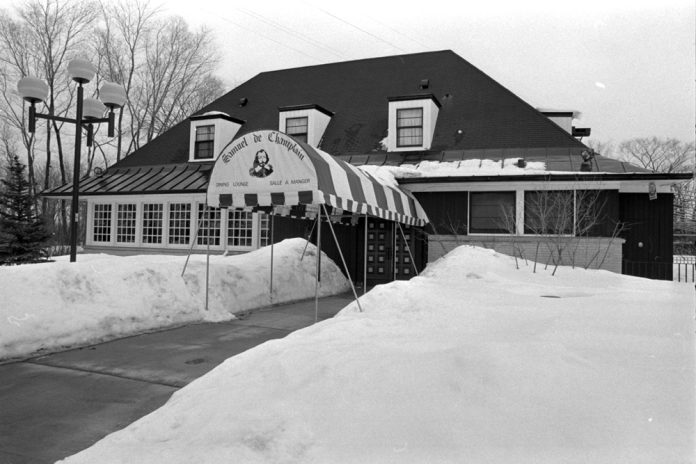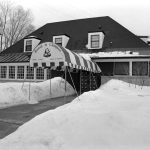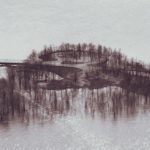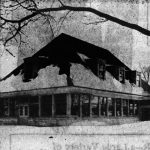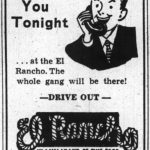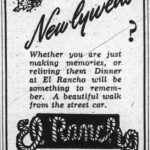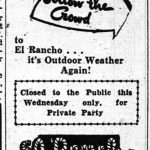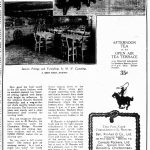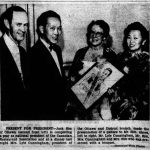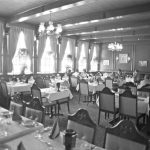By Dave Allston –
Within Kitchissippi’s borders, nearly halfway between the shores of Ottawa and Gatineau, lies one of Ottawa’s most scenic and arguably most underappreciated spots: Bate Island. Though it remains largely in a natural setting, it hasn’t always been this way.
Bate Island is the third of the three small islands that the Champlain Bridge passes over towards Gatineau. It is likely that Samuel de Champlain himself set foot on the island, or at a minimum, used it as a landmark while navigating the Ottawa River. The islands were acquired by the Ottawa Improvement Commission (now the NCC) in 1906, with the goal of extending the Driveway to an endpoint on the islands. The OIC named them the Prince Arthur Islands – following a visit to Ottawa by Prince Arthur of Connaught (grandson of Queen Victoria) – individually naming the islands after members of the commission: Riopelle, Cunningham, and Bate, after Sir Henry Bate, the original Chairman of the OIC from 1899 to 1913.
It took nearly twenty years for the OIC to realize their western Driveway plan: first via Island Park Drive to the river’s edge in 1923, then to Bate Island in 1927 and finally Quebec a year later. The Commission originally had plans to build cottages and establish football and cricket grounds, but those plans were scrapped to simply allow the natural physical beauty of the island to stand on its own. The island provided unmatched views up and down the Ottawa River and the island was an oasis filled with large elm, maple and oak trees, trilliums and dogtooth violets and the occasional deer trapped after winter’s thaw.
In May 1927, Bate Island was open to pedestrian traffic for the first time. Cars were allowed to access the island once the encircling roadway was completed in 1928. The Commission then spent the next three years improving the island. A refreshment booth and comfort station was built in 1929 and in 1930, 7,000 yards of material was trucked in to fill the island above the usual river level, raising the land up to three feet in some areas to combat river water flowing through.
Bate Island became a trendy hangout which featured a beach and picnic areas. Hundreds of cars parked in the evening to enjoy the views. It was a popular location for stargazing; the term for which was “parkin’ for sparkin” back in the day. Reportedly, it was also an ideal spot for couples to park and “watch submarine races at night.”
Famously, Paul Anka ended up in trouble with the RCMP on Bate Island. When he was 14 he “borrowed” his mother’s Austin Healey, drove it over the bridge to a music contest in Aylmer, and then blew the engine in a snowstorm on the drive back.
A restaurant opened on the island on May 1940 and served upscale meals and unmatched picturesque views for the next 49 years. Nationally acclaimed restaurateur, Jack Sim, was proprietor during most of that time. The Western-themed, El Rancho, was lost to fire in 1946, which caused significant damage to the Champlain Bridge. The new restaurant, Café Champlain, was built in 1947 further away from the bridge. It was built in French Provincial style and was known for its Chinese food. The restaurant was renamed Samuel de Champlain Dining Room in 1977, and finally, Alexander’s On The Island in 1979, which featured tableside flambés and steaks sold by the ounce ($0.75 per ounce).
[Click images to enlarge.]
By 1989, the building was deteriorating. The NCC was charging high rent and Champlain Bridge was rumoured to expand to a third lane. Adding to this, island improvements in 1967 surrounded the island with asphalt and parked cars, and it was no longer nestled in nature. It was abandoned until demolished in November 2005. The NCC was unable to find a tenant willing to foot the $2.6M rehabilitation bill and burst pipes sealed its fate for good. The stone washrooms were salvaged and remain today.
Although the FDC/NCC had neglected the island at times – it was for many years home to a large garbage dump, and until the late 1960s cars parked on grass and soil, destroying much of the original vegetation – it is commendable that the NCC ultimately chose to preserve Bate Island without fully developing it. At various times over the last 30 years, the NCC has considered various plans for restaurants, offices, and most notably in 1992, a proposal to build a $6-10M high-end 60-room hotel, nightclub, banquet hall and conference centre with full-service packages in which guests would be picked up in a limousine called “Club Med of the North.”
The NCC improved Bate Island in 2006 with soil remediation, shore stabilization, additional lighting, and a large picnic shelter. Continued preservation of this jewel of Kitchissippi is critical, though re-establishing Cafe Champlain would be pretty cool too.
Dave Allston is a local historian and the author of a blog called The Kitchissippi Museum. His family has lived in Kitchissippi for six generations. Do you have early memories or photos of Bate Island? Send your email to stories@kitchissippi.com.
